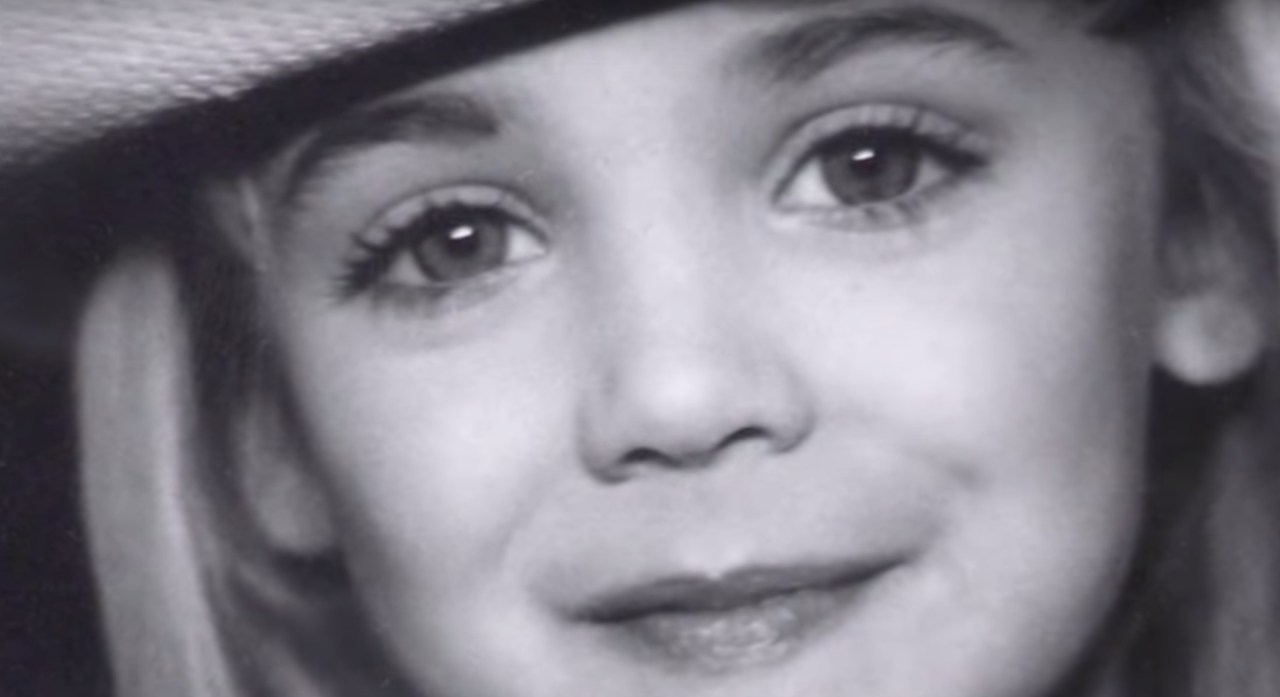Five Terribly Tragic Things Most People Forget About The JonBenét Ramsey Case
“If you tell someone a secret, it’s no longer a secret.”
That chilling admission from a precocious child marks a haunting moment in Casting JonBenet, Netflix’s docu-drama revolving around the tragic unsolved murder case of the titular young girl from Colorado in 1996. This child is that girl’s brother. He was portrayed as highly suspect in her murder – despite being of a similar age to his six year old sister. He was later cleared of all charges, as DNA at the crime scene failed to link any family members to the case.
1. A pedophile confessed to killing her.
[youtube https://www.youtube.com/watch?v=VHliEG2aZg4%5D
Gary Olivia, a pedophile currently serving a ten-year jail term, confessed in a series of personal letters to accidentally killing the child. He lived close to the Ramseys and is supposed to have attended a candlelit vigil for JonBenét after her death. His suspicious behavior was supported to police, but it wasn’t taken seriously and followed up. He had written a poem dedicated to her, kept a picture of her at his house, and was supposed to have had a stun gun. There were concerns that JonBenét had been kept quiet with a stun gun before she was killed.
John Mark Kerr is another individual who claimed to have killed the child, with Kerr professing to have assaulted and attacked the girl. Yet none of the information he provided was more than what was known by the wider public, and he claimed to have drugged her before killing her – which a toxicology report firmly denied. His confession was concluded to be false.
2. Her skull had been fractured; she was bludgeoned to death and then strangled with a garrote.

Her death was tragically violent; the search for answers led to only more open-ended questions. Why was the ransom note written with a pen and a pad of paper from the home? The note was very long in comparison to other ransom notes; it is highly suspicious that someone would write such a long note – three pages – while attempting to hold someone ransom. The amount requested in ransom also rang alarm bells for officers investigating the killing – the amount was almost what JonBenét’s father received in a bonus from his place of employment the year previous. She was covered with her favorite white blanket.
3. The ransom note found with JonBenét bore striking similarities to her mother’s characteristic writing.

A handwriting expert attested to a close likeness between her mother’s handwriting and the note – although the note proposed to be from a foreign faction demanding money in exchange for the girl’s safe return. There were many instances of similarity between the mother’s writing and the note; certain aspects of punctuation use bore clear parallels. However, her family were no longer believed by investigators to be part of the crime when, in 2008, the police asserted that new advances in DNA technology meant that the family could not be potential perpetrators any longer. The evidence pointed greatly to the involvement of a third party – an intruder who had entered the house and murdered JonBenét.
4. The case has never been officially “solved.”

She died in 1996, and we know little about how she suffered. Various theories were drawn out as to how she passed away – and nothing has been accepted as concrete. Intruder theories were investigated from the beginning – leading from the discovery of a footprint from a boot near the body. Efforts to link the boot’s print with an individual failed.
Early suspects for the crime included a former housekeeper and a local man who played the role of Santa Claus for the children at Christmas. There was, at one point, over a thousand potential persons that were highlighted for investigation. Police looked into registered sex offenders in the local area, as well as the possibility that it could have been someone the Ramsay family knew well. The case has been re-opened as of 2009.
5. We will likely never know what really happened.

We just don’t know, and in all likelihood, we will never know. That seems to be at the heart of what is most tragic about her case; and in particular, cases of children who have died or have been presumed dead. The horror of what’s unsaid – of what could have happened. The particular horror of the case of JonBenét goes beyond the tragic loss of a child to the tragic loss of what she represented in the minds of many – not just a pageant girl from a well-to-do family, but a symbol of innocence.
Netflix’s movie is a post-modern take on the murder; focusing on the ripple effects the tragedy had in the wider community and beyond. The film ends with the camera panning out among a multitude of actors and actresses, dressed in the same clothes, playing the same role; the Ramsay parents. Each couple acts out a different version of what could have happened that night when a loud bang resounds through the stage. JonBenét emerges, dancing in time to Johnny Desmond’s “Miss America”. She dances down the hallway, her back to the stage; the other actors have all disappeared. The spotlight follows her as she dances across the stage. The dramatization of all of these potential situations – counterfactual among counterfactual put forth by the Ramsay parents – leave the viewer feeling stifled with all the potential horror. The lasting impression I took from the docu-drama was one of loss; a feeling of loss not just of profound grief for the family and community that lived with JonBenét, but a feeling of loss in not knowing what happened. Her life and her death is now entirely subject to the interpretation of others.





